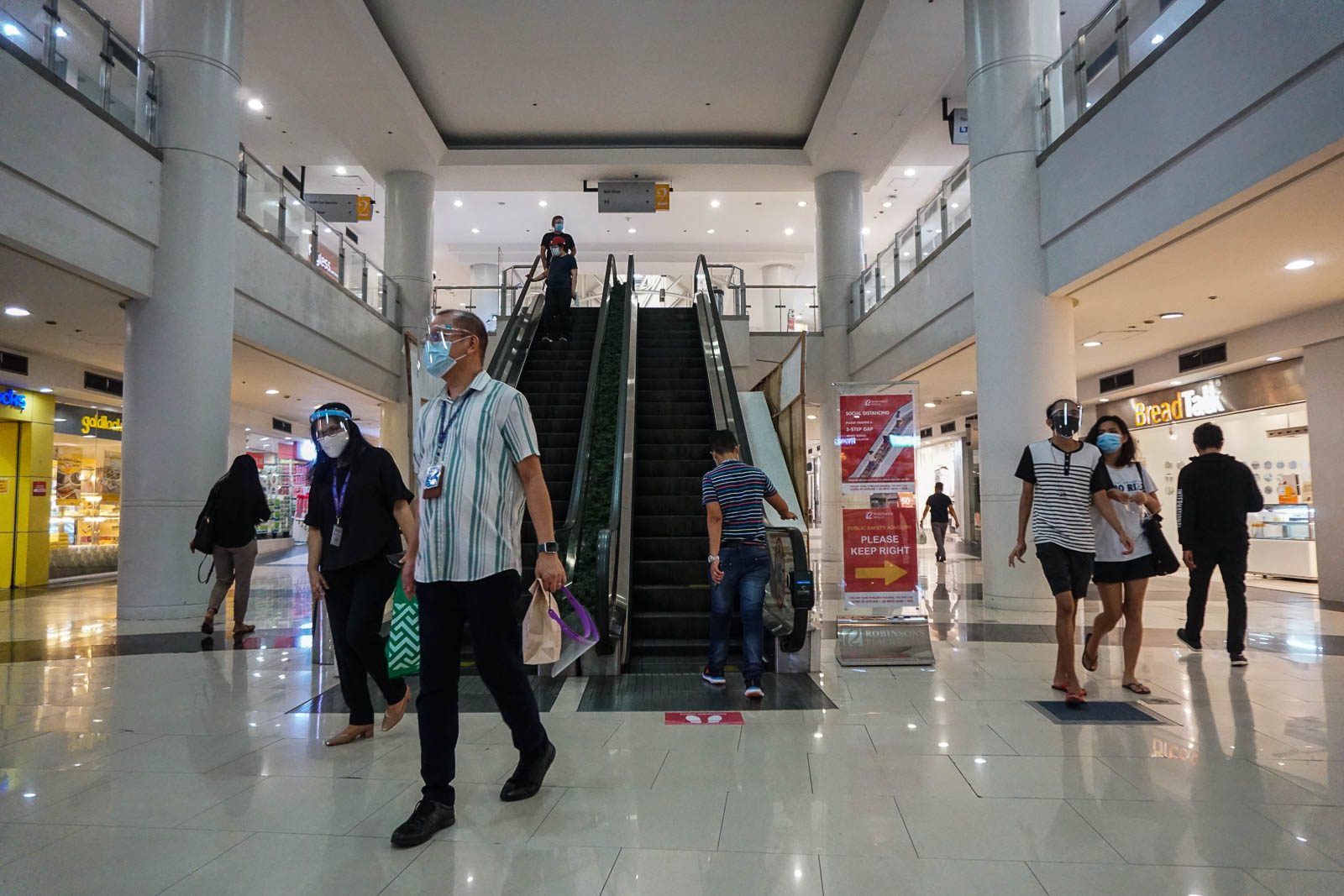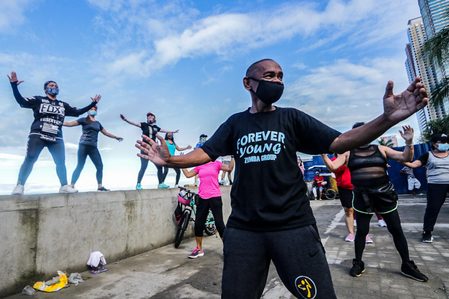SUMMARY
This is AI generated summarization, which may have errors. For context, always refer to the full article.

With spikes in cases in areas under the least strict quarantine mode of modified general community quarantine (MGCQ) and Metro Manila entering its 5th month under the more rigid general community quarantine (GCQ), the Philippine government is mulling a change in strategy.
National Action Plan vs COVID-19 chief implementer Carlito Galvez Jr said the options now being considered are either to make MGCQ stricter or maintain key regions under GCQ, but one that is less restrictive.
“Talagang nakita po natin na nung nag MGCQ ang mga ibang lugar, nagkaroon po tayo ng mga spike. Yun ang debate namin sa IATF. What will we do, implement a stricter MGCQ or tinatawag natin a more permissive GCQ?” said Galvez on Thursday, October 1, during the virtual Laging Handa press briefing.
(We saw spikes in cases when some areas went under MGCQ. That’s our debate in the IATF. What will we do, implement a stricter MGCQ or a more permissive GCQ?)
The case for a more lenient GCQ is presented by Metro Manila, which has been under GCQ since June 1 and stayed in that classification save for a two-week period in August when it reverted to the stricter modified enhanced community quarantine (MECQ).
“The strategy of NCR is good. They maintained GCQ but the economy continues to open up,” said Galvez.
DTI proposal to fully open more industries
GCQ economies may open up even more if the Department of Trade and Industry (DTI) has its way.
Trade Secretary Ramon Lopez said in the same press briefing that he was recommending that Category III industries currently allowed to open only up to half capacity, now be permitted to fully operate in GCQ areas.
These industries include:
- Legal and accounting;
- Architecture and engineering;
- Advertising and market research;
- Computer programming;
- Publishing and printing;
- Film, music, and TV production;
- Rental and leasing;
- Recruitment;
- Photography, fashion, and design;
- Retail trade of vehicles and bicycles;
- Motor repair services;
- Malls (except for play areas and cinemas).
The DTI proposal is still being discussed by the task force and is not yet approved.
Galvez said the task force is inclined to leave the discussion on establishment capacity to local governments.
Lopez said it was time to allow these industries to open fully to bring back jobs for more Filipinos. The DTI and the coronavirus task force have observed that there were no significant spikes in cases because of the sectors above.
“Because it’s safe and we aren’t letting go of any minimum health protocols,” he said in Filipino.
Current restrictions on gyms, internet cafes, and tutorial centers, which can only operate at 30% capacity, would remain enforced in the DTI proposal.
It would also still be up to local governments whether to allow dine-in in restaurants which were recommended to open at 100% capacity, said Lopez.
He, however, appealed to local governments to let restaurants stay open for dine-in customers even past curfew.
“Allow restaurants to open past curfew beacuse they serve those who are working, APORs (authorized persons outside residence) those with night shift,” he said.
The IATF-EID has long tweaked its own guidelines to allow more and more establishments to reopen without changing the classification of an area that has not lowered its cases enough to become MGCQ.
Establishments like salons and gyms were able to open under GCQ, even if initially they operated only when an area was placed under MGCQ.
But Galvez said there appeared to be a psychological effect when an area was downgraded to MGCQ.
“Sa pag-iikot namin sa buong bansa, pagka nagdeclare ng MGCQ, parang nagkakaroon po ng tinatawag natin na relaxation, too much relaxation of restrictions. Nagkakaroon po ng kumpiyansa masyado ang ating mga tao,” he said.
(In our rounds all over the country, when MGCQ was declared, there seemed to be too much relaxation of restrictions. The people become complacent.)
Metro Manila mayors are hoping for an MGCQ status in November, something Presidential Spokesman Harry Roque said is “not an impossibility” given the recently observed lowering of reproduction number and longer case doubling time in the capital region. – Rappler.com
Add a comment
How does this make you feel?

There are no comments yet. Add your comment to start the conversation.